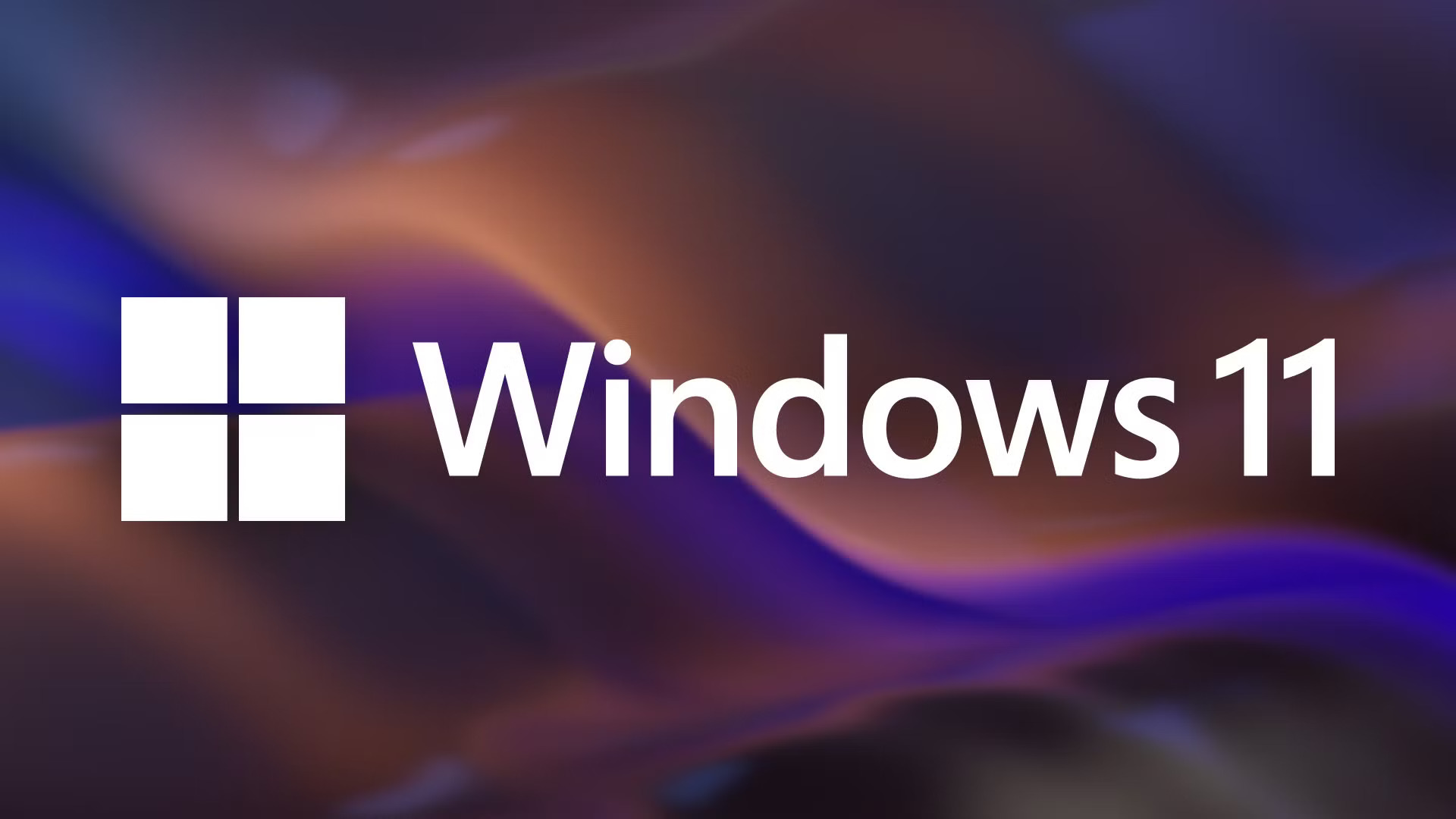Microsoft has officially ended support for its popular operating system Windows 10, marking the end of an era for millions of users worldwide. Starting today, October 14, 2025, Windows 10 devices will no longer receive security updates, feature improvements, or technical assistance. The move has left users wondering how to protect their systems and transition smoothly to Windows 11.
💻 What’s Happening with Windows 10?
Launched in 2015, Windows 10 has been one of Microsoft’s most successful operating systems, powering billions of PCs globally. Even as of July 2025, it held nearly 43% of the global desktop OS market share, according to Statcounter.
However, with Microsoft shifting its focus toward newer, AI-integrated versions of Windows, the company has decided to officially end support for Windows 10. This means:
- No more security or feature updates
- No bug fixes or patches
- No official customer support
While users can still use their Windows 10 PCs, running unsupported software increases vulnerability to cyberattacks, malware, and data breaches.
⚠️ Important: Continuing to use Windows 10 beyond this date puts your device at serious risk of security exploits and software incompatibility.
🔄 What Should Windows 10 Users Do Next?
If your PC meets Microsoft’s hardware requirements, the company strongly recommends upgrading to Windows 11. Most devices purchased after 2020 are eligible for a free Windows 11 upgrade.
Upgrading ensures that your system remains protected with the latest security features, AI-powered performance tools, and enhanced design that Windows 11 offers.
However, for users whose devices are not compatible with Windows 11, Microsoft has introduced an alternative — the Extended Security Updates (ESU) program.
🛡️ What Is the Extended Security Updates (ESU) Program?
The Windows 10 ESU program is a paid plan that provides essential security patches for users who cannot upgrade right away.
Here’s what you need to know:
- Available only for Windows 10 version 22H2 users
- Costs $30 (around ₹2,700) per year for the first year
- Price doubles each year for up to three years
- No new features — only critical security updates
Microsoft describes this as a temporary solution, giving businesses and individuals extra time to migrate to Windows 11.
“The ESU program is meant as a last resort for customers and is not a long-term fix,” Microsoft clarified in its official announcement.
⚙️ How to Check If Your PC Can Run Windows 11
Microsoft offers a free tool called PC Health Check that helps users quickly determine if their computer can run Windows 11.
Steps to check compatibility:
- Download and install the PC Health Check tool from Microsoft’s official website.
- Launch the app and click “Check now.”
- The tool will show if your PC meets Windows 11’s minimum system requirements.
Here’s what your PC needs to qualify for the upgrade:
- Processor: 1 GHz or faster with 2 or more cores
- RAM: 4 GB or higher
- Storage: At least 64 GB
- Security: TPM 2.0 (Trusted Platform Module) and Secure Boot enabled
If your processor lacks TPM 2.0, your system will not be eligible for the free upgrade — a limitation that affects millions of older PCs worldwide.
🧩 Options If You Can’t Upgrade to Windows 11
If your PC fails the compatibility check, don’t worry — you still have options:
- 🖥️ Buy a new Windows 11-ready PC:
Modern devices come preloaded with Windows 11, ensuring optimal performance and long-term support. - 🔐 Enroll in the ESU Program:
Pay annually to receive essential security updates while planning your migration to Windows 11. - 🐧 Switch to an Alternative OS (like Linux):
For tech-savvy users, Linux offers a free, secure, and customizable option for everyday computing.
While you can continue using Windows 10 just like some users did with Windows 7, it’s important to understand that the security risks will increase over time. Back up your data regularly and plan to upgrade as soon as possible.
🚀 Why Upgrading to Windows 11 Makes Sense
Upgrading to Windows 11 not only keeps your system secure but also enhances your productivity with:
- A modern interface with rounded edges and centered taskbar
- Built-in AI-powered Copilot assistant
- Improved performance and better memory management
- Enhanced gaming and multitasking capabilities
- Seamless integration with Microsoft 365 and cloud services
🧠 Final Take
With Windows 10 support officially ending, it’s time to move forward. Whether through a free upgrade, ESU plan, or a new device purchase, upgrading ensures your digital safety and performance.
Microsoft’s shift reflects a larger transition toward AI-driven computing and enhanced cloud connectivity, making Windows 11 not just an upgrade — but the foundation for the next generation of smart, secure, and connected PCs.

